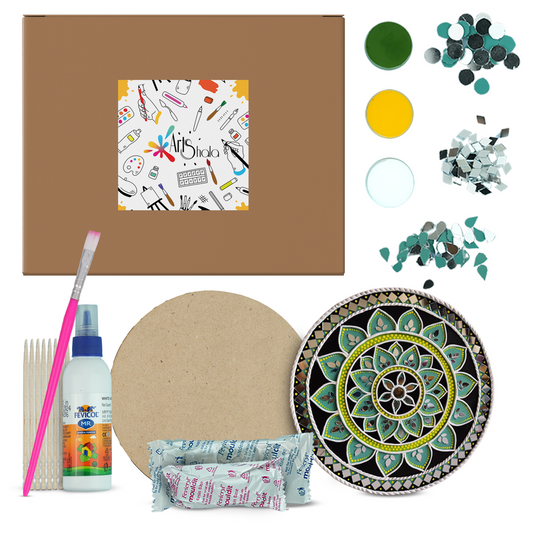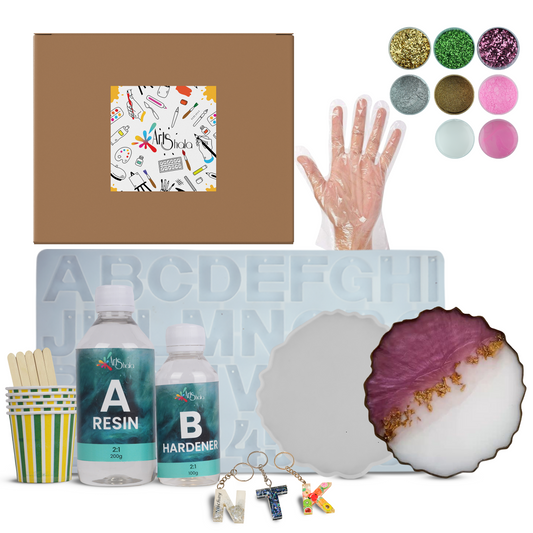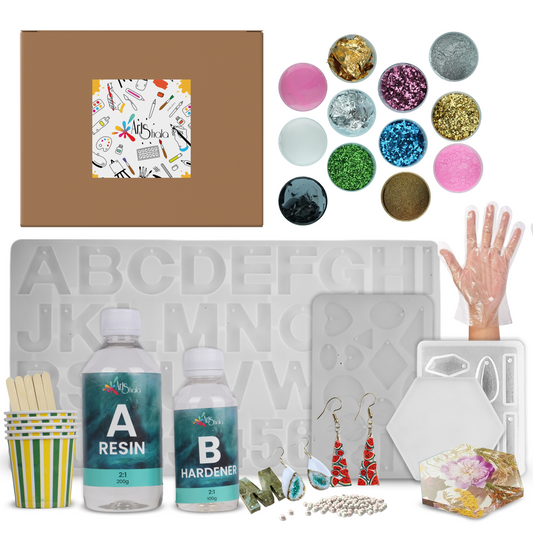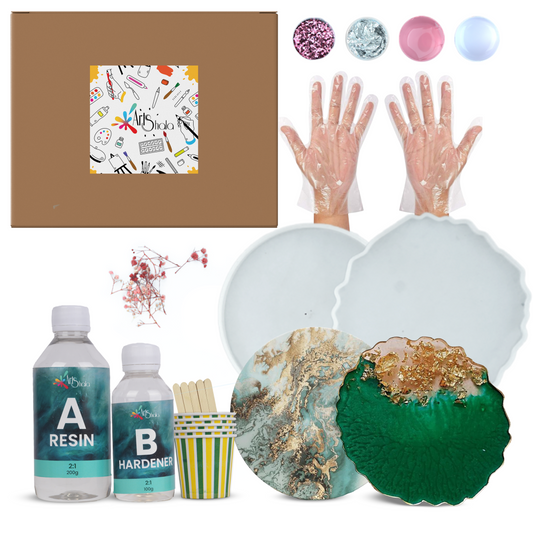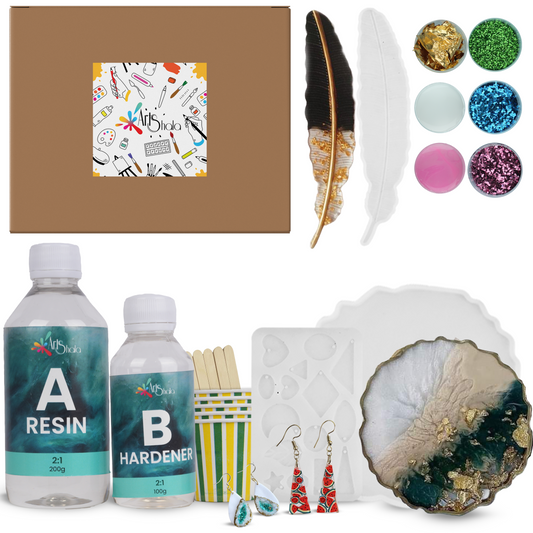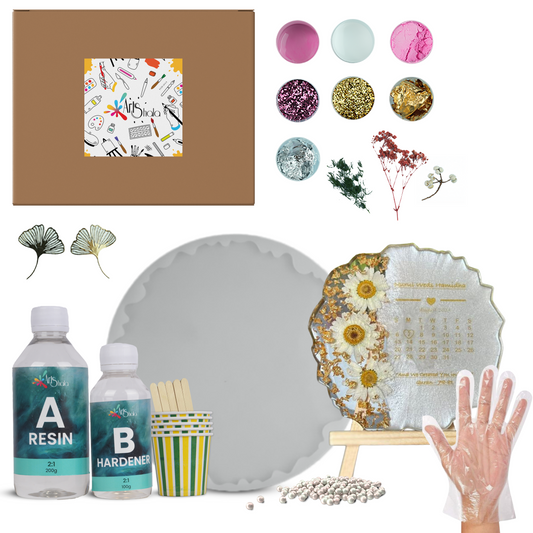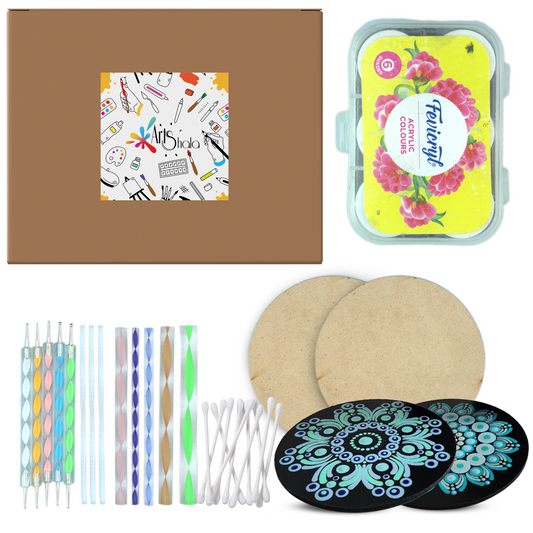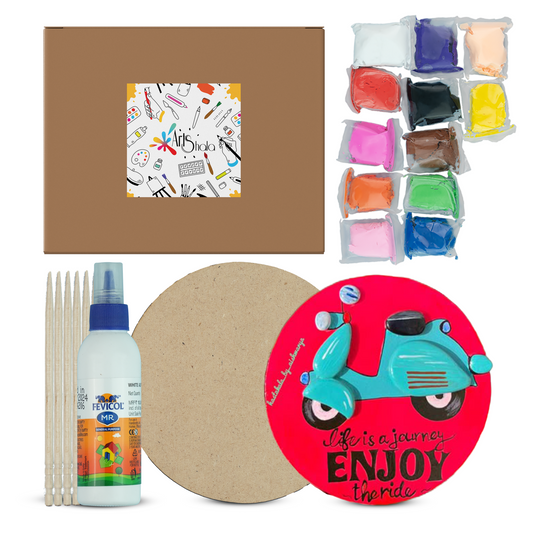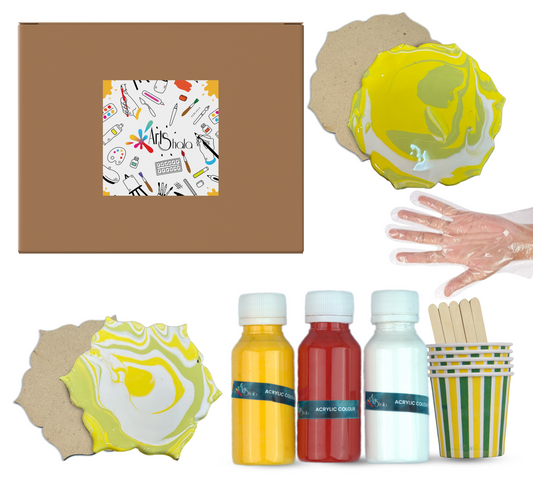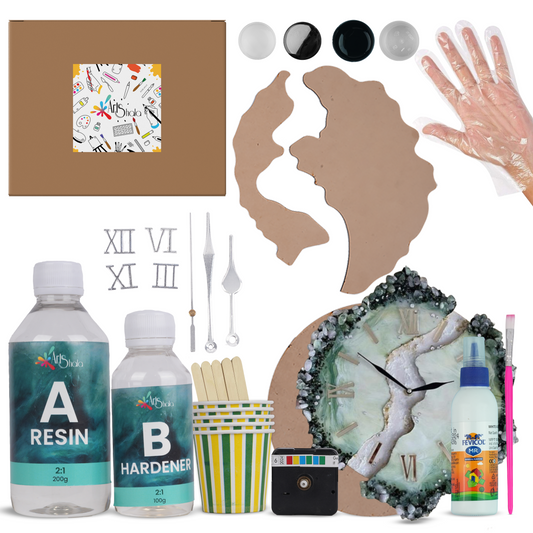Is Mixing Acrylic Paint with a Brush or a Palette Knife Better?
When it comes to painting with acrylics, artists often face many choices that can significantly impact their creative process and the outcome of their artwork. One of the most fundamental decisions is how to mix acrylic paint. Should you use a brush or a palette knife? This question may seem simple, but it opens up a broader discussion about technique, texture, and the overall approach to painting.
In this blog, we will study the advantages and disadvantages of both techniques, helping you determine which is best suited for your artistic needs. To learn more about such techniques, enrol in an acrylic painting workshop.
Understanding Acrylic Paint
Before discussing the specifics of mixing techniques, it’s essential to understand acrylic paint and how it behaves. Acrylic paint is a fast-drying medium of pigment suspended in acrylic polymer emulsion. It can be thinned with water and is known for its versatility, allowing artists to create a wide range of effects, from watercolour-like washes to thick, impasto textures.
Acrylics can be blended with different mediums to alter their properties, such as drying time, sheen, and texture. Mixing your paint can influence these characteristics, so choosing a mixing tool is crucial.
Mixing with a Brush
Many artists are familiar with using a brush to mix acrylics. This method offers several advantages and disadvantages!
Advantages of Using a Brush
-
Familiarity: Most artists are accustomed to using brushes for painting. Mixing with a brush may feel more intuitive, especially for those comfortable with brush techniques.
-
Control: Brushes allow for precise control over the amount of mixed paint. You can easily adjust the ratio of colours to achieve the desired hue.
-
Blending: Brushes can facilitate smooth transitions between shades when mixing colours on the palette or the canvas. This is particularly useful for creating gradients or soft blends.
-
Versatility: Brushes come in various shapes and sizes, allowing for different mixing techniques. For example, a flat brush can be used for broad strokes, while a round brush can help with finer details.
Disadvantages of Using a Brush
-
Colour Contamination: If not cleaned properly, brushes can retain residual paint from previous mixes, leading to unintended colour contamination.
-
Limited Texture: While brushes can create smooth blends, they may not achieve the same texture as a palette knife, especially for impasto techniques.
-
Wear and Tear: Mixing paint with a brush can wear the bristles, potentially affecting their performance in painting.
Mixing with a Palette Knife
Palette knives have gained popularity as a mixing tool in recent years. They offer a distinct approach to colour manipulation. Let's examine their advantages and disadvantages!
Advantages of Using a Palette Knife
-
Texture Creation: Palette knives are excellent for creating texture in your paint. They can produce thick, impasto effects that add depth and dimension to your artwork.
-
No Colour Contamination: Unlike brushes, palette knives are less likely to retain paint residue, allowing for cleaner colour mixing.
-
Efficient Mixing: A palette knife can mix significant amounts of paint more quickly than a brush, making it ideal for artists working on larger canvases or projects.
-
Sharp Edges: The edges of a palette knife can create crisp lines and defined shapes, enhancing the overall composition of a piece.
Disadvantages of Using a Palette Knife
-
Less Control: While palette knives are great for mixing, they may offer less control over fine details than brushes, particularly for intricate designs.
-
Learning Curve: For artists accustomed to using brushes, switching to a palette knife may require practice to master the technique.
-
Limited Blending: Palette knives are not ideal for blending colours smoothly. They tend to leave more visible strokes, which may only suit some painting styles.
Choosing the Right Tool for Your Style
The choice between a brush and a palette knife ultimately depends on your artistic style and the effects you wish to achieve. Here are some considerations to help you decide:
-
Artistic Goals: A brush may be the more suitable option if your principal goal is to create smooth blends and gradients. However, a palette knife could be more effective if you want to add texture and dimension.
-
Medium Usage: Consider the type of acrylics and mediums you are using. Some mediums may require specific mixing techniques to achieve the desired effect.
-
Experimentation: Many artists find combining both tools best for their practice. Experimenting with brushes and palette knives can lead to unique results and help you develop your style.
Techniques for Mixing with a Brush
If you choose to mix with a brush, here are some techniques to consider:
-
Direct Mixing: Place your colours on the palette and use the brush to mix them directly. This method allows for precise control over the colour ratio.
-
On-Canvas Mixing: Apply different colours side by side on the canvas and use the brush to blend them. This technique can create beautiful transitions and gradients.
-
Layering: Mix your colours and apply them in layers. This can add depth and intricacy to your artwork.
Techniques for Mixing with a Palette Knife
For those opting to use a palette knife, consider the following techniques:
-
Scraping: Use the rim of the palette knife to scrape up paint from the palette, mixing colours. This technique can create interesting textures.
-
Lifting and Spreading: Lift paint from the palette and spread it onto the canvas. This method can create thick, textured strokes.
-
Layering: You can layer colours with a palette knife for added depth, like brush techniques. The knife can create sharp edges that contrast beautifully with softer brushwork.
Conclusion
Whether you mix acrylic paint with a brush or a palette knife depends on your artistic goals, preferences, and the specific effects you want to achieve. Brushes offer control and smooth blending, while palette knives excel at creating texture and dimension.
Ultimately, many artists find that incorporating both tools into their practice allows for a more versatile and dynamic approach to painting. Experimenting with various methods and tools can help you find what works best for your unique style and artistic vision. Contact Us to learn more about this art form or visit Arts Shala’s website.



